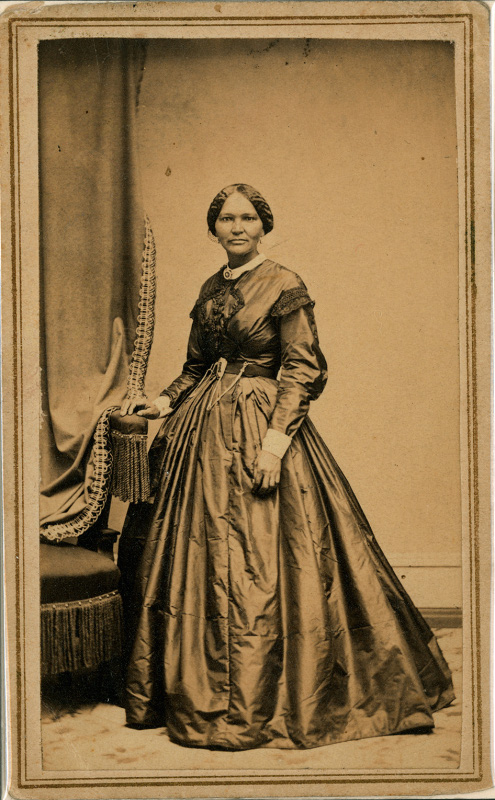
Burwell School Historic Site honors life of Elizabeth Keckly
Posted: Wednesday, July 25, 2018
Displayed through a clear box in the center of the Burwell School Historic Site’s front room, is one of the original copies of the book “Behind the Scenes,” also titled, “Thirty Years a Slave and Four Years in the White House,” by Elizabeth Keckly.
Throughout 2018, the Burwell School Historic Site will celebrate the bicentennial of Elizabeth Hobbs Keckly, who was born in February 1818 into slavery in the household of Armistead Burwell in Dinwiddle County, Virginia. After decades of work and dehumanizing treatment, she gained freedom in 1855. She moved to Washington D.C. and became a “modiste,” or a dressmaker, rising in prominence and eventually becoming First Lady Mary Lincoln’s modiste and closest confidante.
An elegant deep purple velvet dress is the main feature at the front of the room at the Burwell School, illuminated by afternoon light pouring in the historic school windows.
This is a replica dress, methodically designed to match the original dress crafted by Keckly, which is on display in the First Ladies Hall at the Smithsonian Institution. This is one of few dresses remaining from Mary Lincoln’s collection and one of less than four dresses attributed to Keckly.
The replica dress was sewn by Karen DeSombre, a local seamstress who was commissioned by the Burwell School. She studied dress descriptions from the Smithsonian, which included intricate features that were invisible to those admiring the dress at the museum.
Features hidden through the glass casing divide at the Smithsonian were detailed at length in the description, revealing details such as pockets at the end of the side seams, hook and eye clasps under the velvet with ornamental pearl buttons for a disguise, matching flanges on the shoulder and under the arm, and a matching evening top.
DeSombre spent close to 100 hours sewing the dress. She worked to create 30 yards of satin piping and then, with great difficulty, sewed that to the thick velvet fabric. Without the help of modern technology, this dress would have taken Keckly far longer to create.
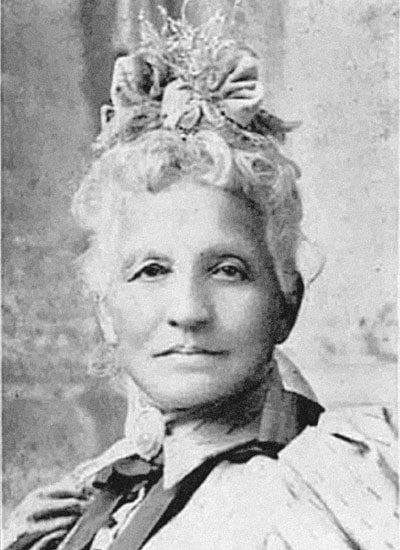
Keckly, a modiste
Though Lincoln may be one of Keckly’s most prominent customers, Keckly made dresses for many top ladies in Washington, including Varina Davis, wife of Senator Jefferson Davis.
“She was very much skilled at making the personal fit and the drape,” Kate Faherty, Burwell School Historic Site Executive Director said. “She was quite in demand.”
Lincoln and Keckly had a bond that few others had. Lincoln was a “shopaholic” and would go on shopping sprees, keeping her debts unknown to President Abraham Lincoln, Faherty said. She had huge debts for buying many pairs of gloves and other accessories.
“Ms. Keckley was one of the few people who could really deal with Mary Lincoln’s moods,” Faherty said. “She would often be at the White House and assisting her to prepare for events because nobody dressed alone back then, it was too hard.”
Keckly helped Ms. Lincoln into her corsets and into the large hoops that displayed the heavy dresses. Through her countless hours at the White House, she developed deep relationships with the entire Lincoln family. Keckly and Ms. Lincoln established a rapport and she became close to Mr. Lincoln, who addressed her as “Madame Elizabeth.”
Soon after joining the Lincoln’s in 1861, Keckly founded the Contraband Relief Association in 1862 as former slaves sought freedom in the nation’s capital. She worked to raise money for her organization, and Ms. Lincoln was one of the first contributors.
This relationship lasted through death and despair, first after the death of young Willie Lincoln in 1862. It was on New Year’s Day in 1864 that Ms. Lincoln switched from black attire to this purple dress as she came out of mourning. This color shift was standard for women to signify the time of mourning to the time of healing.
In 1865, following President Lincoln’s assassination, Keckly accompanied Ms. Lincoln on her move to Illinois. In 1867, Keckly closed her business to again follow Ms. Lincoln to New York City. Ms. Lincoln planned to sell her clothes in order to pay her debts. This attempt, deemed the” Old Clothing Scandal,” was a colossal failure.
Per Ms. Lincoln’s request, Keckly stayed with her after. In a well-intended fashion, Keckly began to write a book to help the two financially and to bolster Ms. Lincoln’s reputation once again.
In the book, “Behind the Scenes,” or “Thirty Years a Slave and Four Years in the White House,” she detailed the private life of the White House. Ms. Lincoln saw this book as a betrayal and it affected their friendship forever. In the end, the book showed no profit, received scathing criticism and Ms. Lincoln and Keckly were no longer friends.
“Though Mary Lincoln saw this as a betrayal, it is an invaluable book today because it’s the only private narrative of the life of the white house back then,” Faherty said.
Keckly returned to Washington D.C. in an effort to rebuild her once-successful business, but her tribulations were futile.
Though her business never returned to prominence, she remained involved in the 15th Street Presbyterian Church and was highly respected in the African American community. In 1892, she became a dressmaking instructor in the Industrial Program at Wilberforce University in Xenia, Ohio, assisting women of color to be self-sufficient.
She returned to Washington D.C. five years later, renting a room at the National Home for Destitute Colored Women and Children, where she died in 1907 at the age of 89. She was buried at the Columbian Harmony Cemetery. A century later, the cemetery was moved for development and Kecky’s remains were moved to the National Harmony Memorial Park in Landover, Maryland. In 2010, a bronze marker was placed on her grave.
The Burwell household
Keckly’s emancipation was recorded in 1855, due to help from a $1,200 loan from her dressmaking clients in St. Louis, Missouri.
For over 30 years before that, Keckly was in bondage to the Burwell family.
Born to the Armistead Burwell household, the daughter of Agnes Hobbs, a house slave, “Lizzy” was loaned to Armistead’s eldest son, Rev. Robert Burwell and his wife Anna.
Robert and his household moved to Hillsborough where he was to be the Presbyterian Minister. To supplement the family’s income, the Burwell’s opened a girl’s school in 1837. With a rigorous 4-year curriculum for girls around 5th grade to mid-high school, girls from across the state came to attend the Burwell School. The school saw over 200 girls over its operating years.
All the while, Keckly served as a slave to the Burwell family, often beaten by Robert and a neighbor at the request of Anna Burwell to “quell her rebellious spirit.”
Keckly became pregnant by a married white neighbor, Alexander Kirkland, after he forced her into a sexual relationship, with knowledge and no intervention by the Burwells. Keckly gave birth to a child, a son she named George. After she gave birth, Keckly returned to Virginia to be in the household of Robert’s sister, Anne Garland and her husband Hugh.
She was treated better by the Garland household and moved along with them to St. Louis in 1847, where she was their dressmaker and helped raise their children, who she always had a strong affection for.
In 1852, after Hugh promised Keckly the chance to buy her and her son freedom, she married James Keckly, a man she knew from Virginia, in 1852, an obtained her freedom in 1855. The couple divorced after eight years.
In 1860, Keckly began making her way toward Washington, D.C. where her story as a free woman begins.
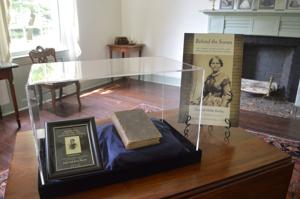
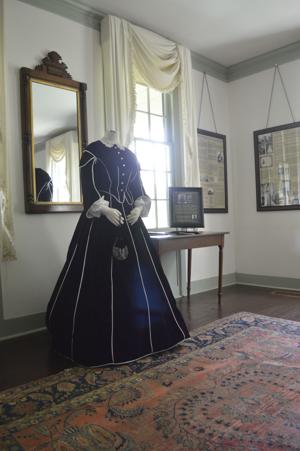
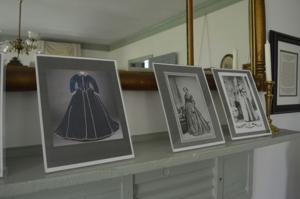
No comments:
Post a Comment